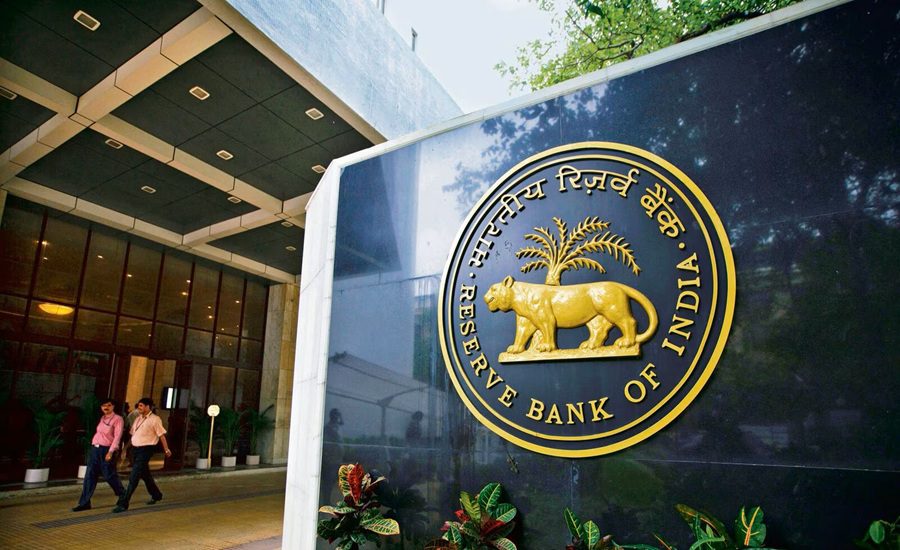New Delhi: The Reserve Bank of India (RBI) has issued a comprehensive regulatory circular outlining new norms for investments made by regulated entities (REs) in Alternative Investment Funds (AIFs). Titled Reserve Bank of India (Investment in AIF) Directions, 2025, the framework is set to come into effect from January 1, 2026, or an earlier date based on each entity’s internal policy.
REs Face Stricter Investment Caps in AIF Schemes
The updated guidelines apply to a wide range of RBI-regulated entities. These include commercial banks (along with small finance banks, local area banks, and regional rural banks), primary and state co-operative banks, All-India Financial Institutions, and Non-Banking Financial Companies (NBFCs), including Housing Finance Companies.
Key provisions include:
- No individual RE is permitted to contribute more than 10% of the total corpus of any AIF scheme.
- Combined investment from all REs in a single AIF scheme cannot exceed 20% of the scheme’s total corpus.
High Exposure Demands Full Provisioning
To curb risk in related-party transactions, the RBI has mandated stringent provisioning norms:
- If a RE contributes more than 5% to an AIF that invests (excluding equity instruments) in a debtor company already linked to that RE, then the entity must make a 100% provision for its proportionate exposure in the debtor firm through the AIF.
- However, this provisioning is capped at the RE’s direct loan and/or investment exposure to the said debtor company.
Capital Adjustment for Subordinated Units
The guidelines also require capital deductions for specific forms of investment:
- If a RE’s investment in an AIF takes the form of subordinated units, the entire value of the investment must be deducted from its capital funds.
- This deduction must be split proportionally between Tier-1 and Tier-2 capital, wherever applicable.
Revised Framework Aligned with SEBI Norms
The revised guidelines are the outcome of industry consultations and align closely with SEBI’s regulations concerning investor due diligence and AIF investment structures. The Directions are expected to bring greater transparency, accountability, and risk containment in the financial system.
About the Reserve Bank of India
The Reserve Bank of India (RBI), India’s central banking institution, regulates the issuance and supply of the Indian rupee and oversees the country’s monetary policy. It plays a pivotal role in financial supervision, macroeconomic stability, and banking sector reforms. The RBI also issues regulatory directions to ensure robust governance and risk management among financial institutions.
Also Read: IAS Anuradha Thakur Appointed to RBI Central Board as Finance Ministry’s Representative



























